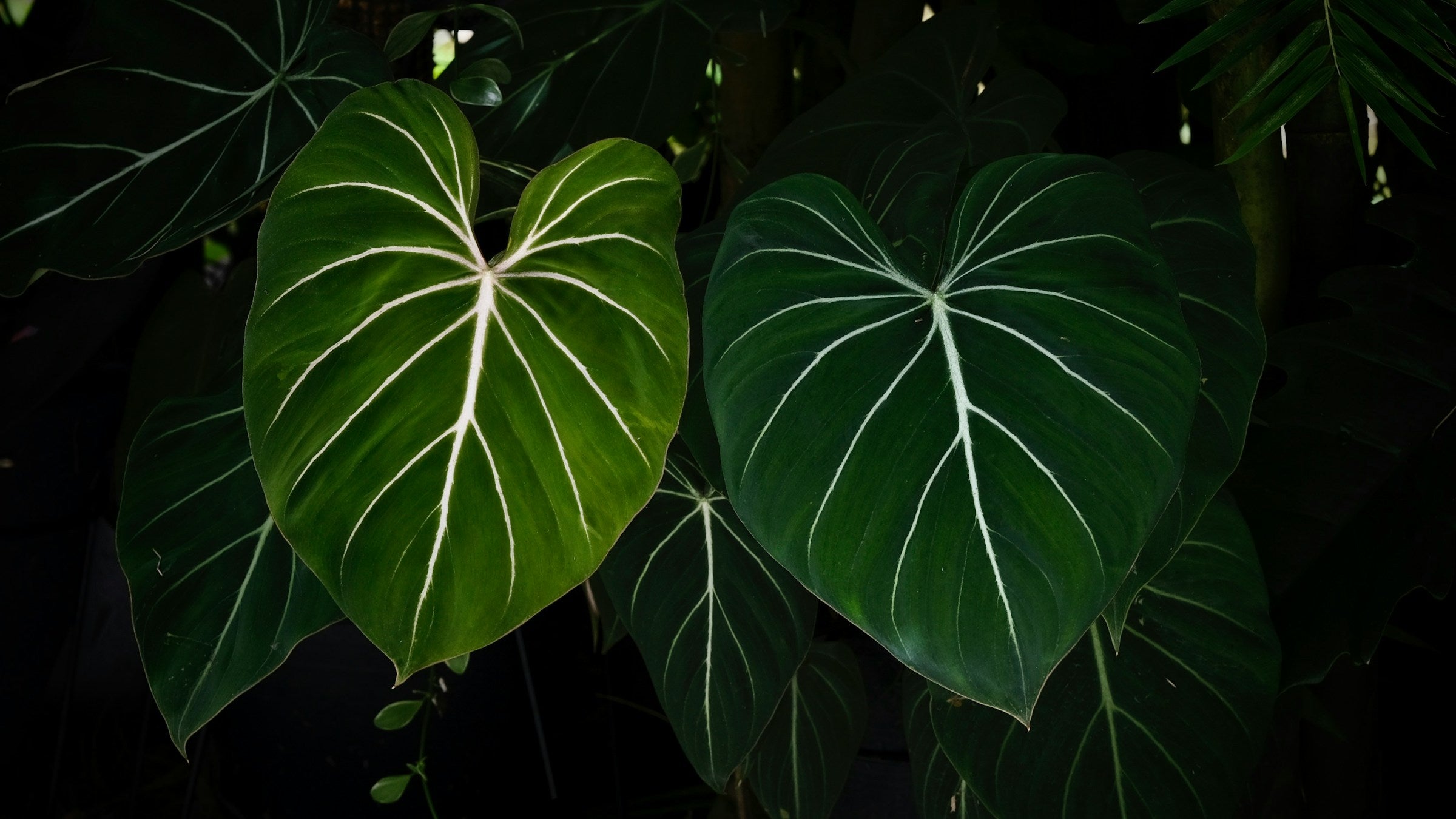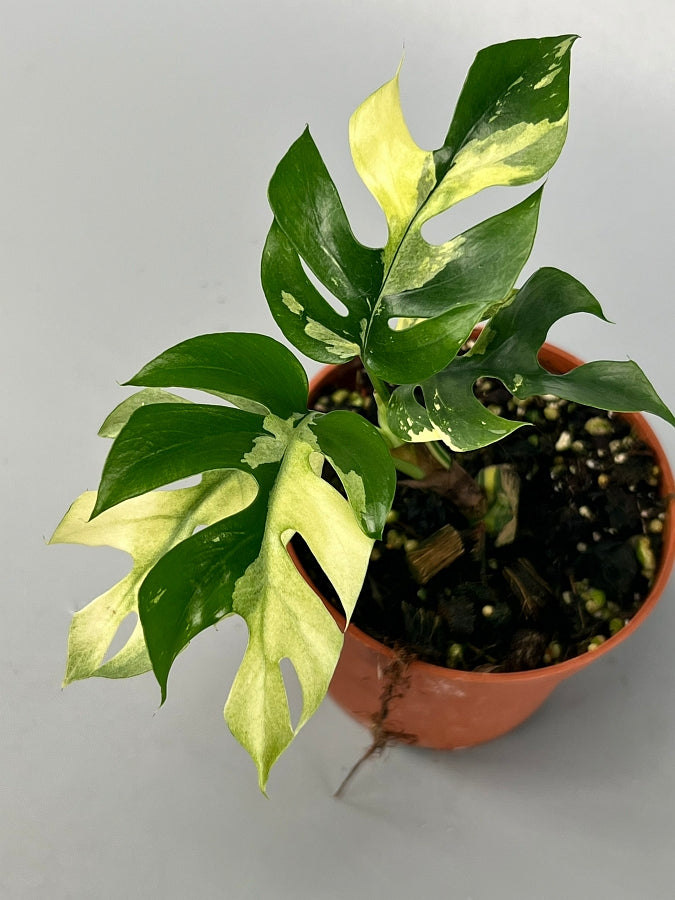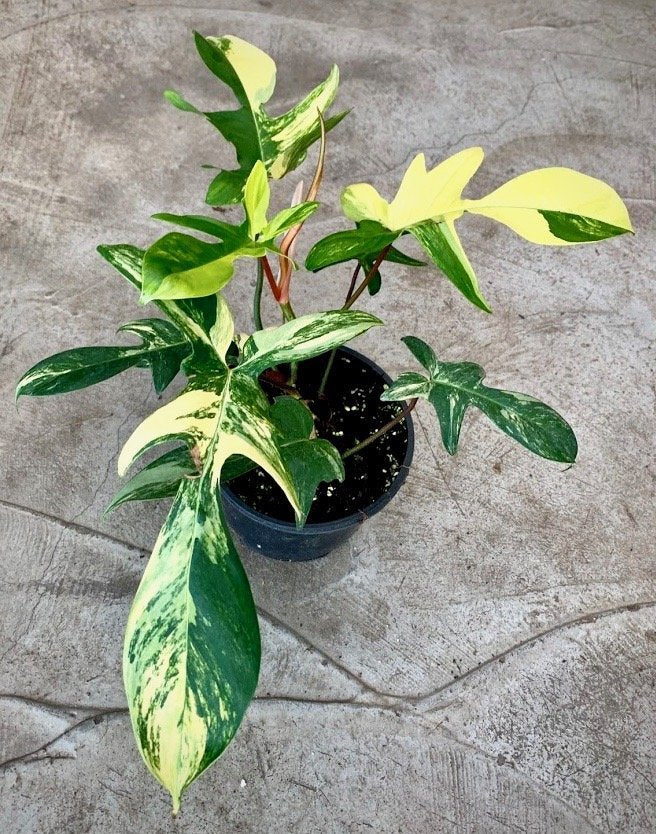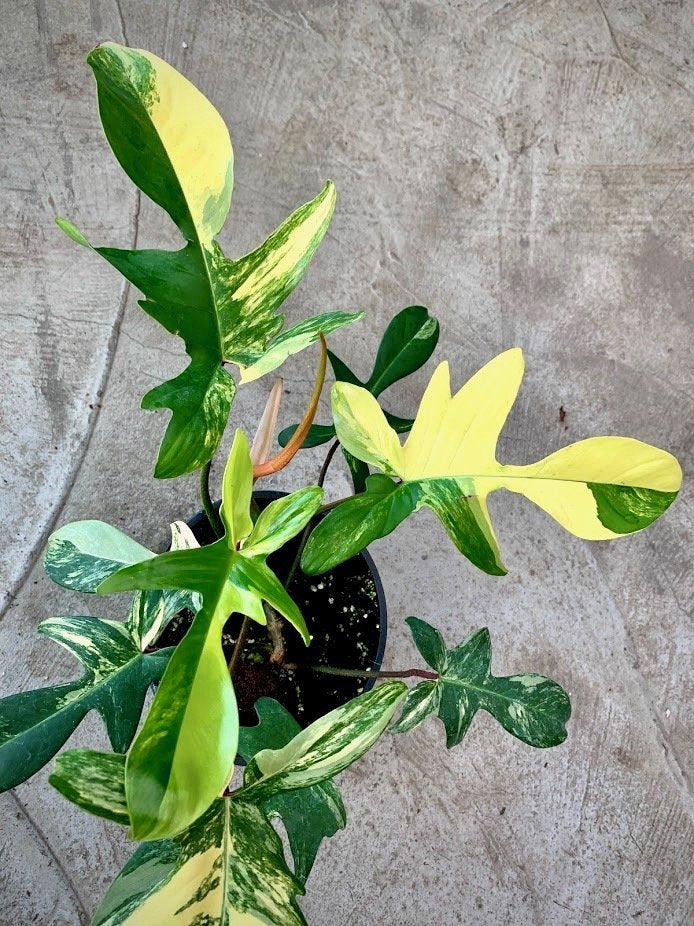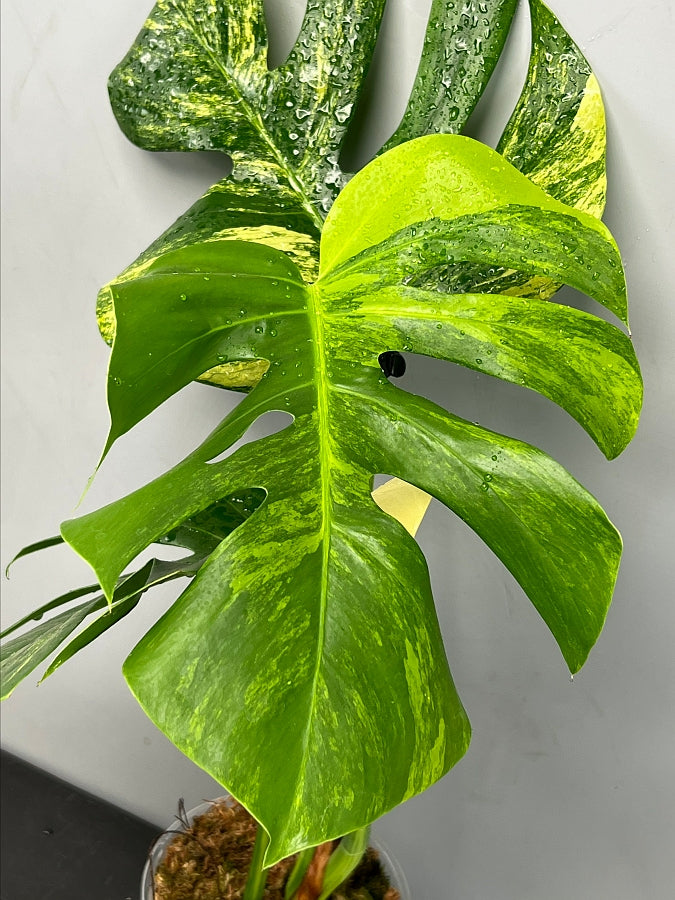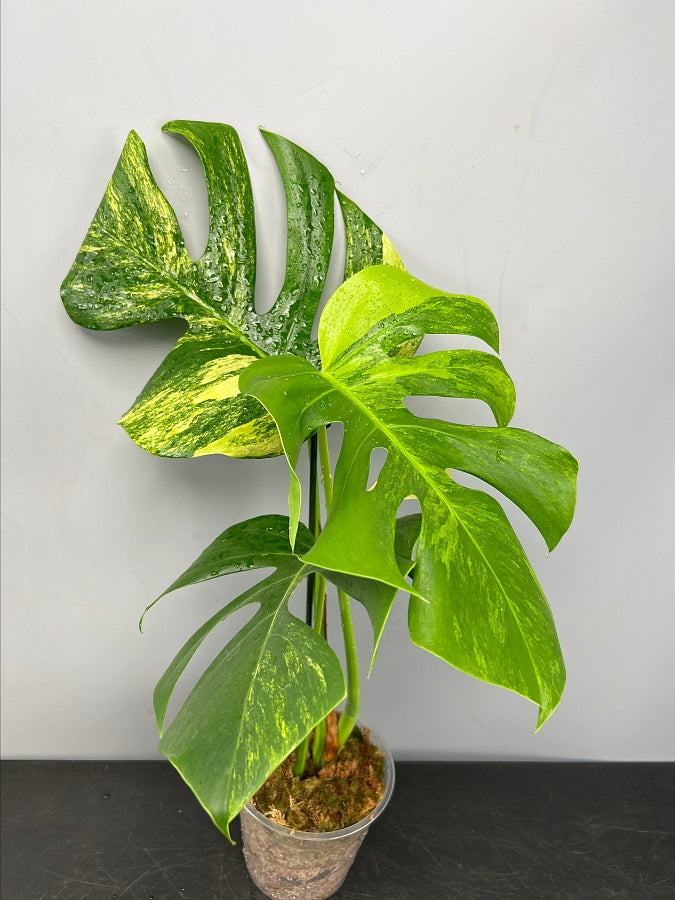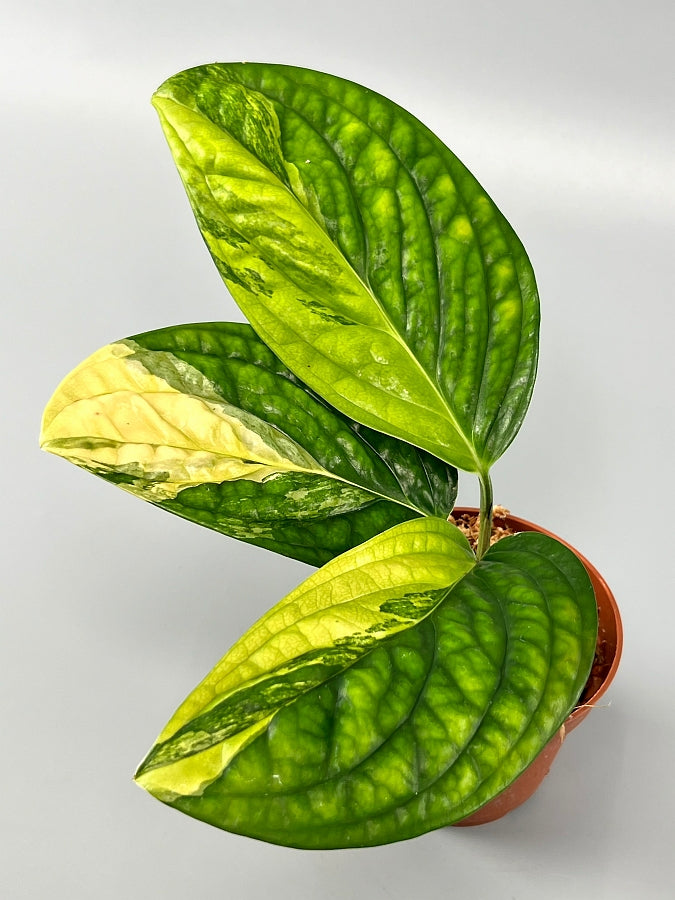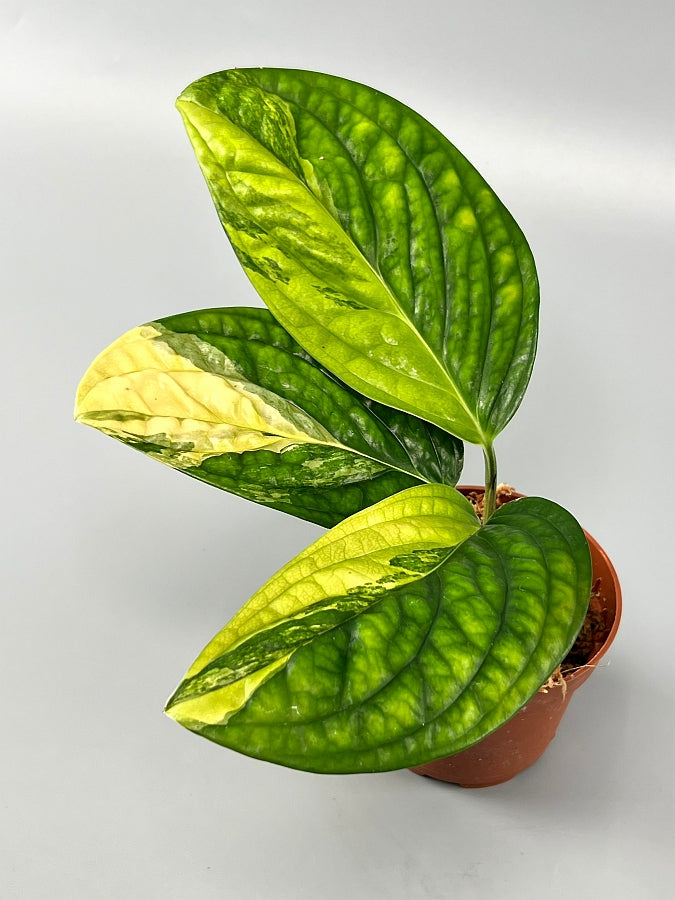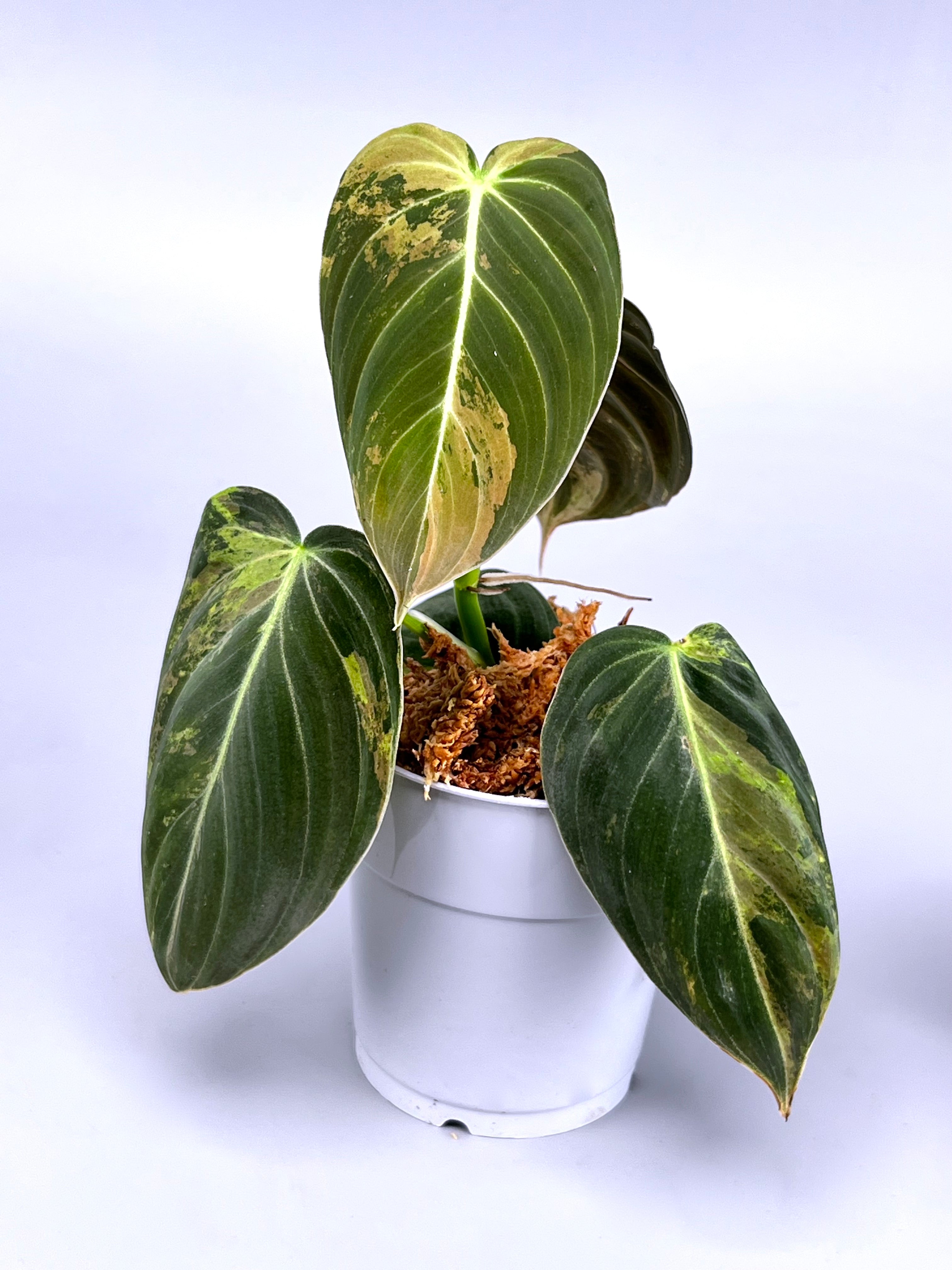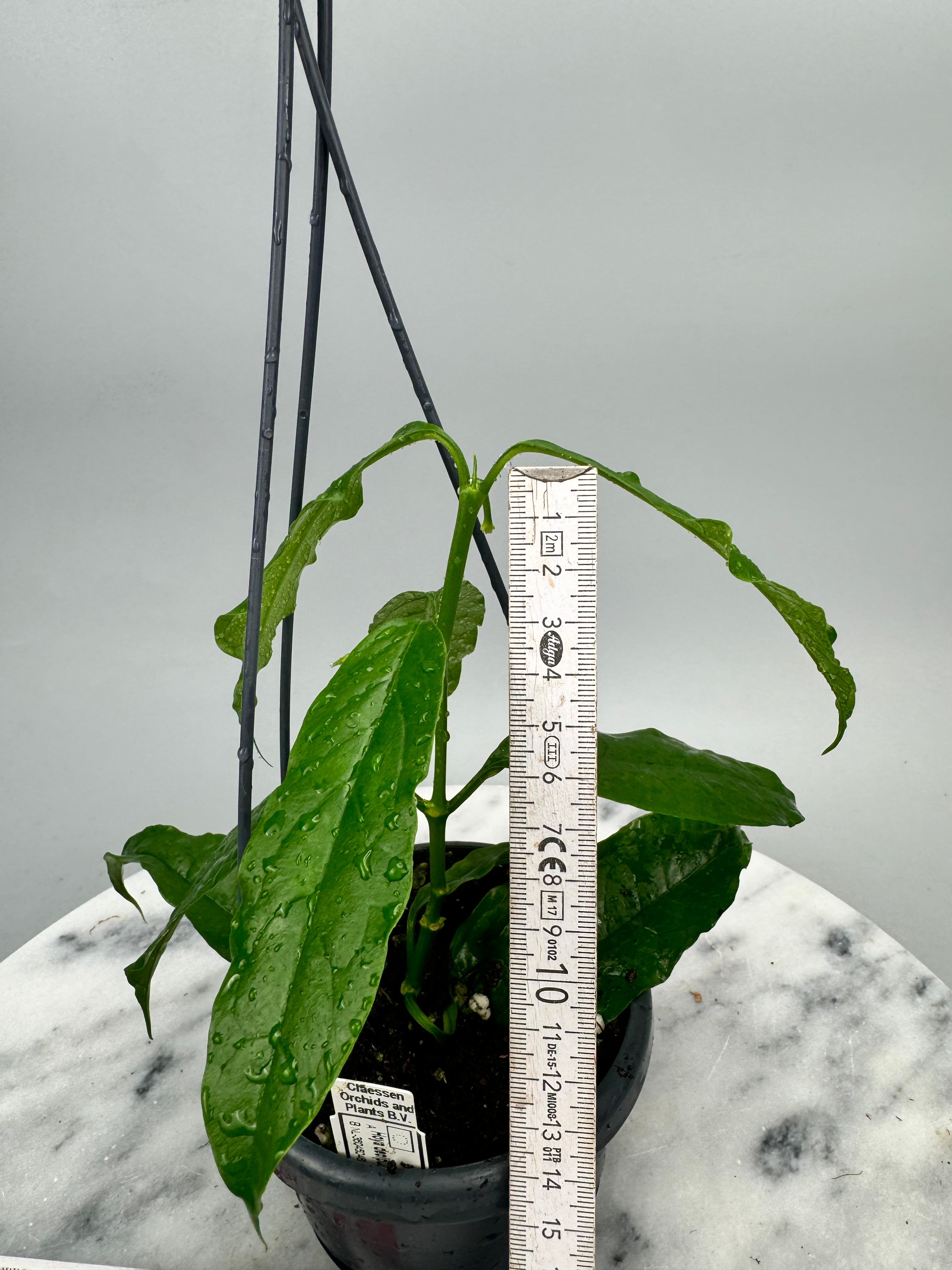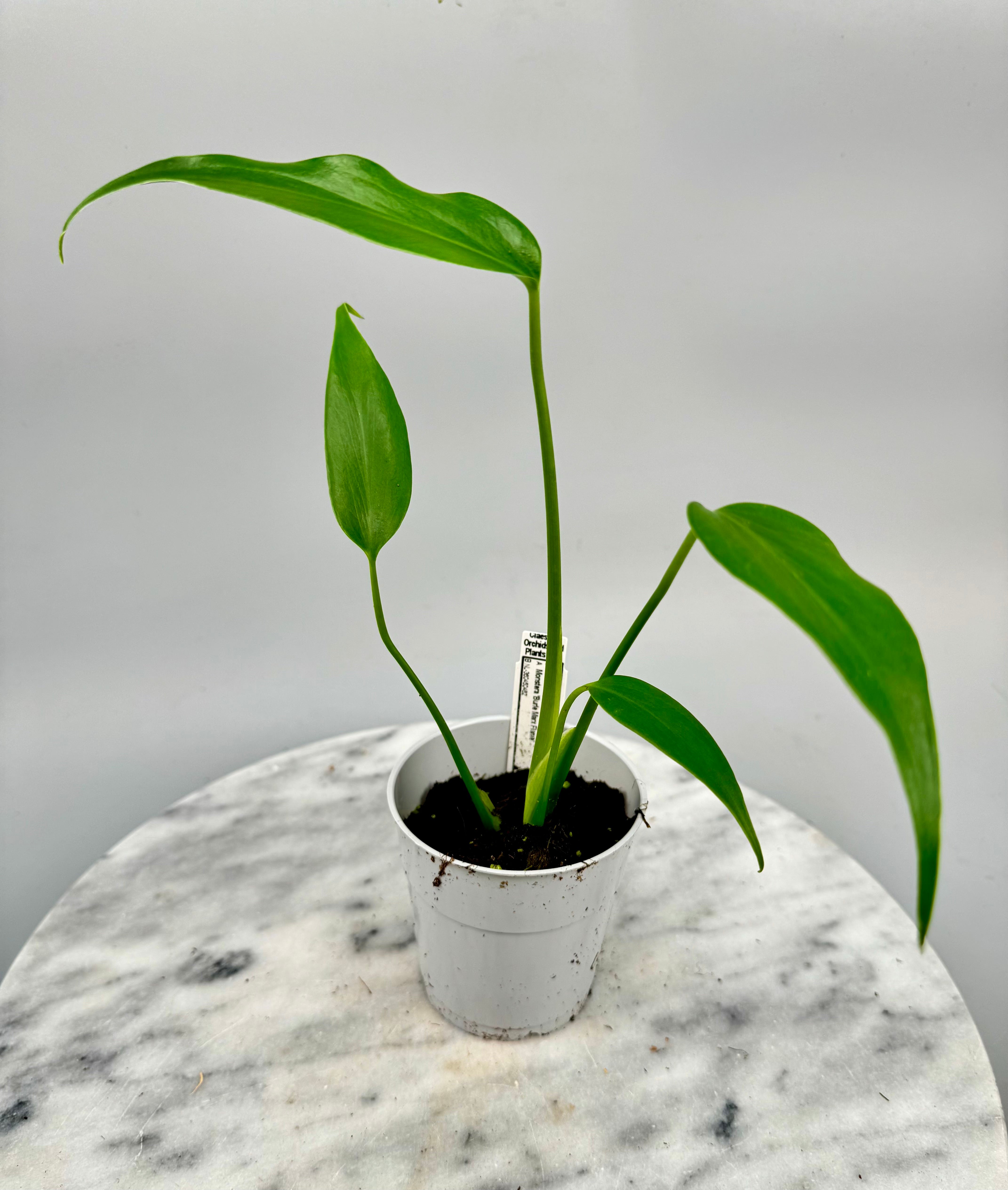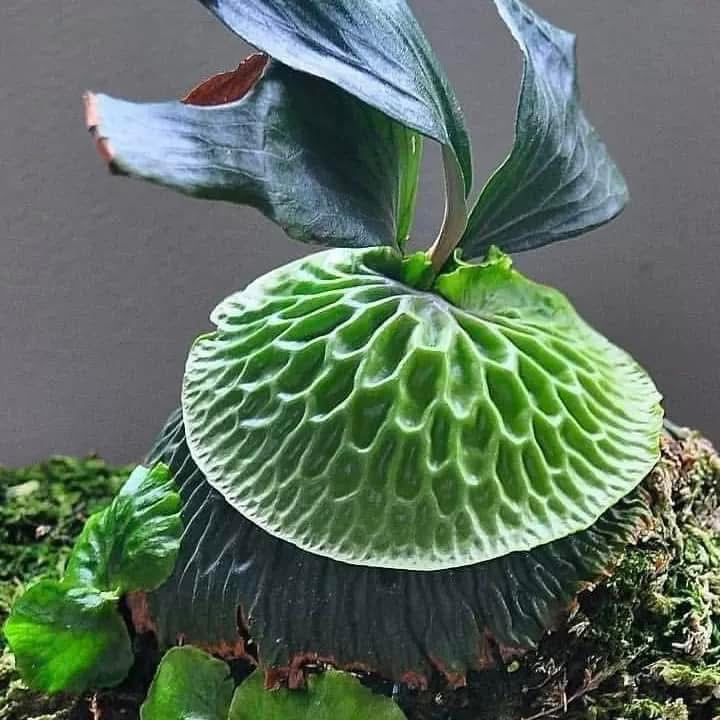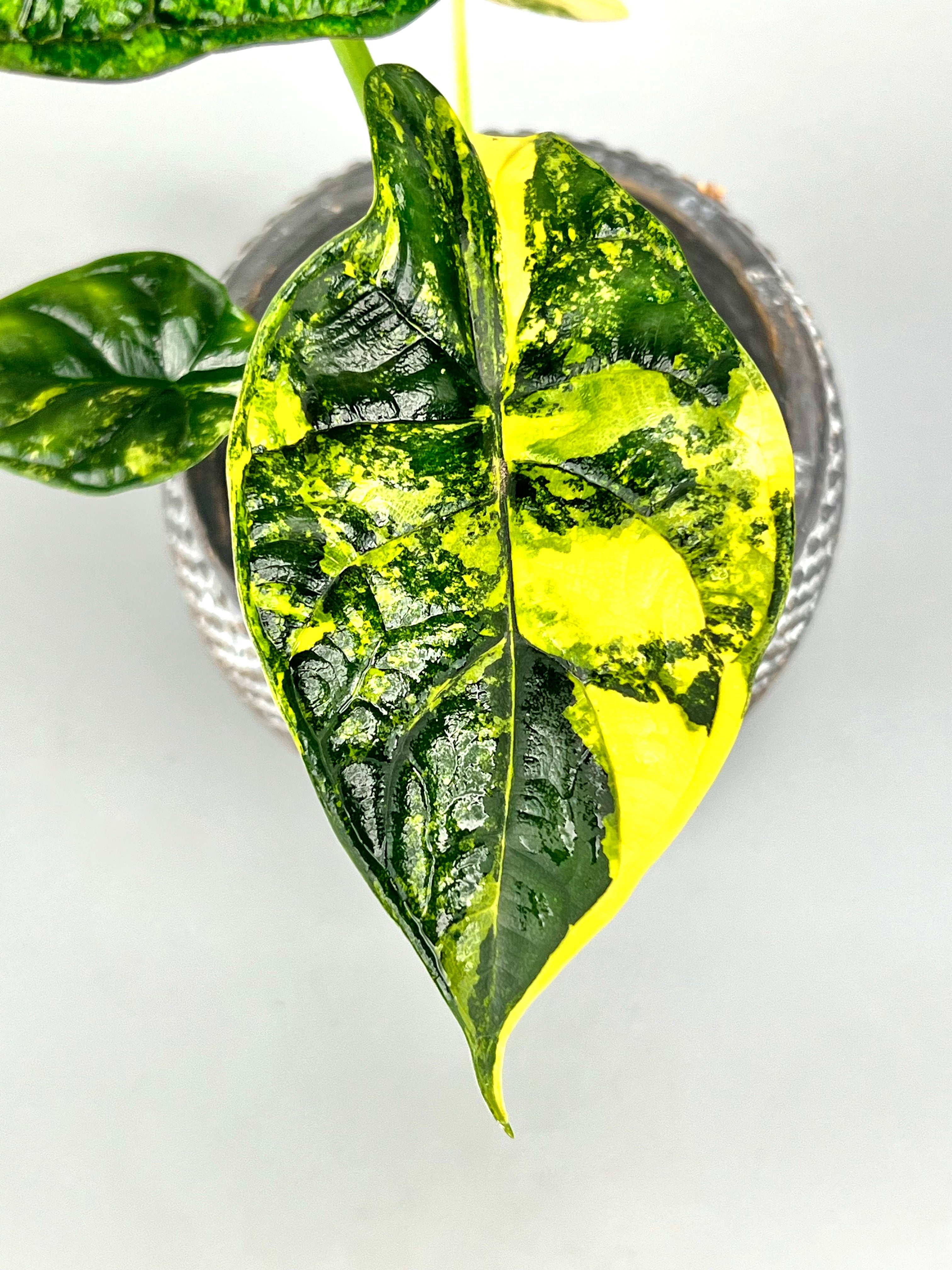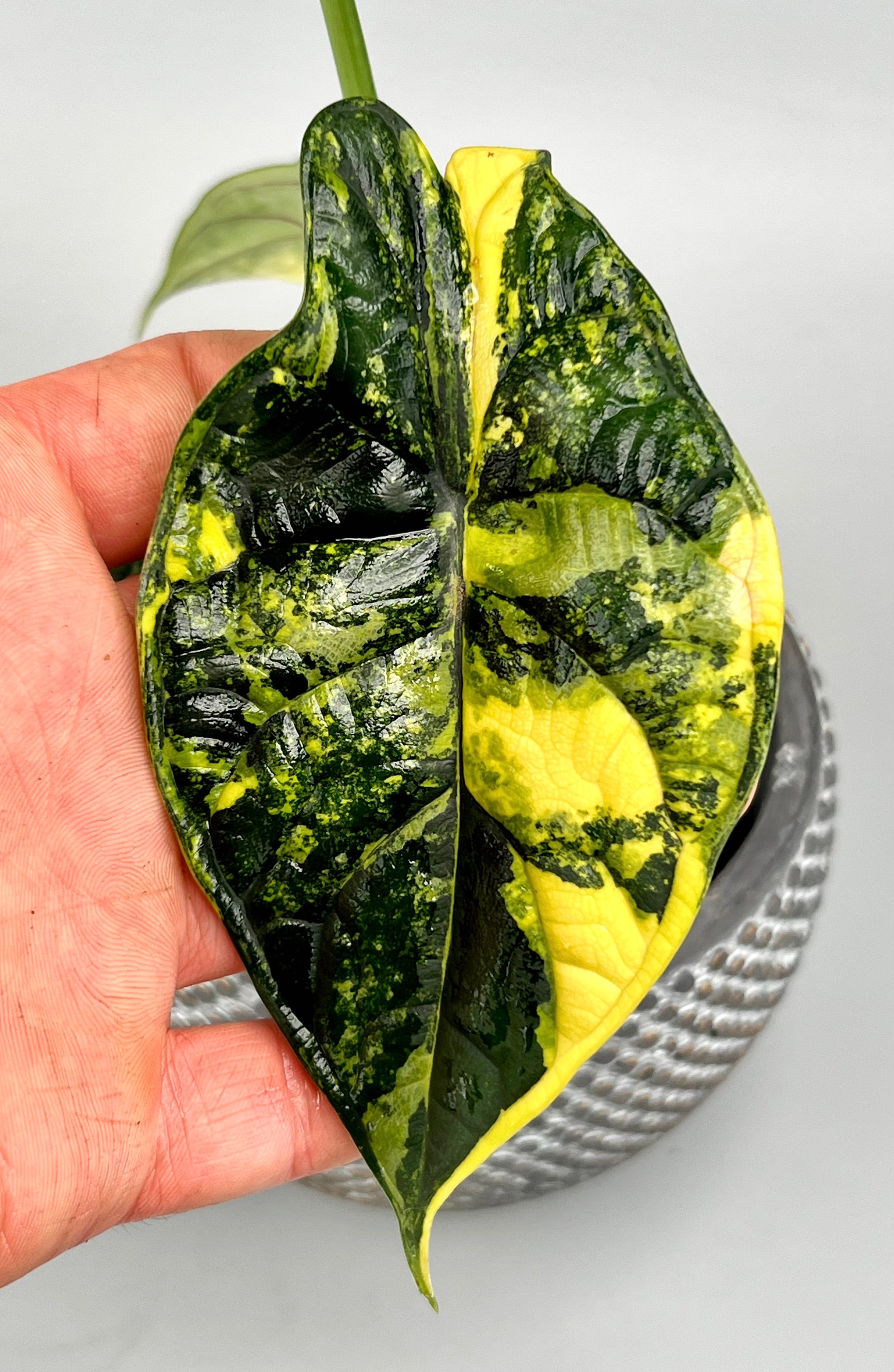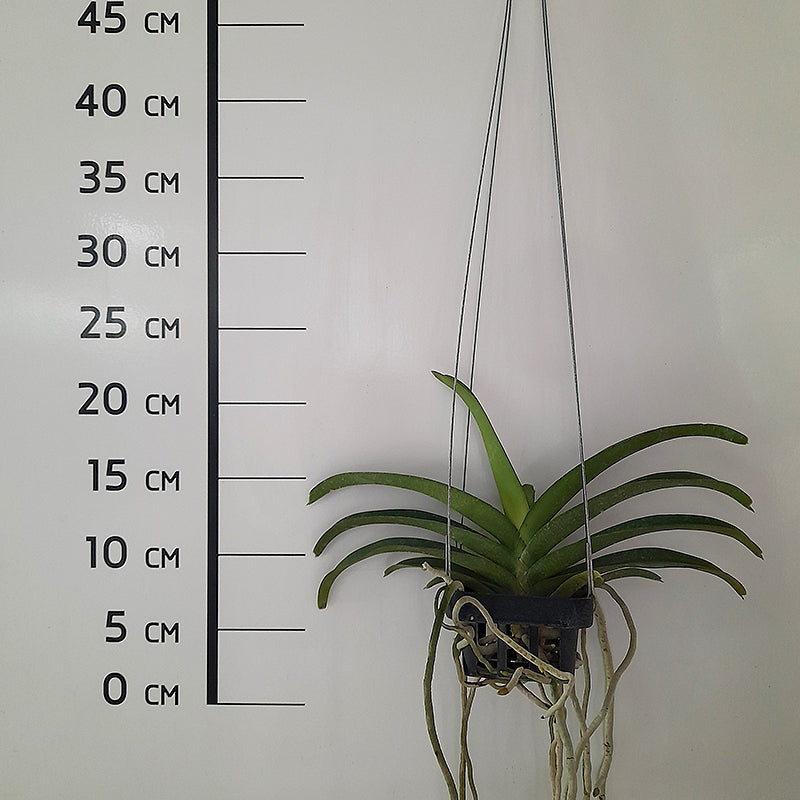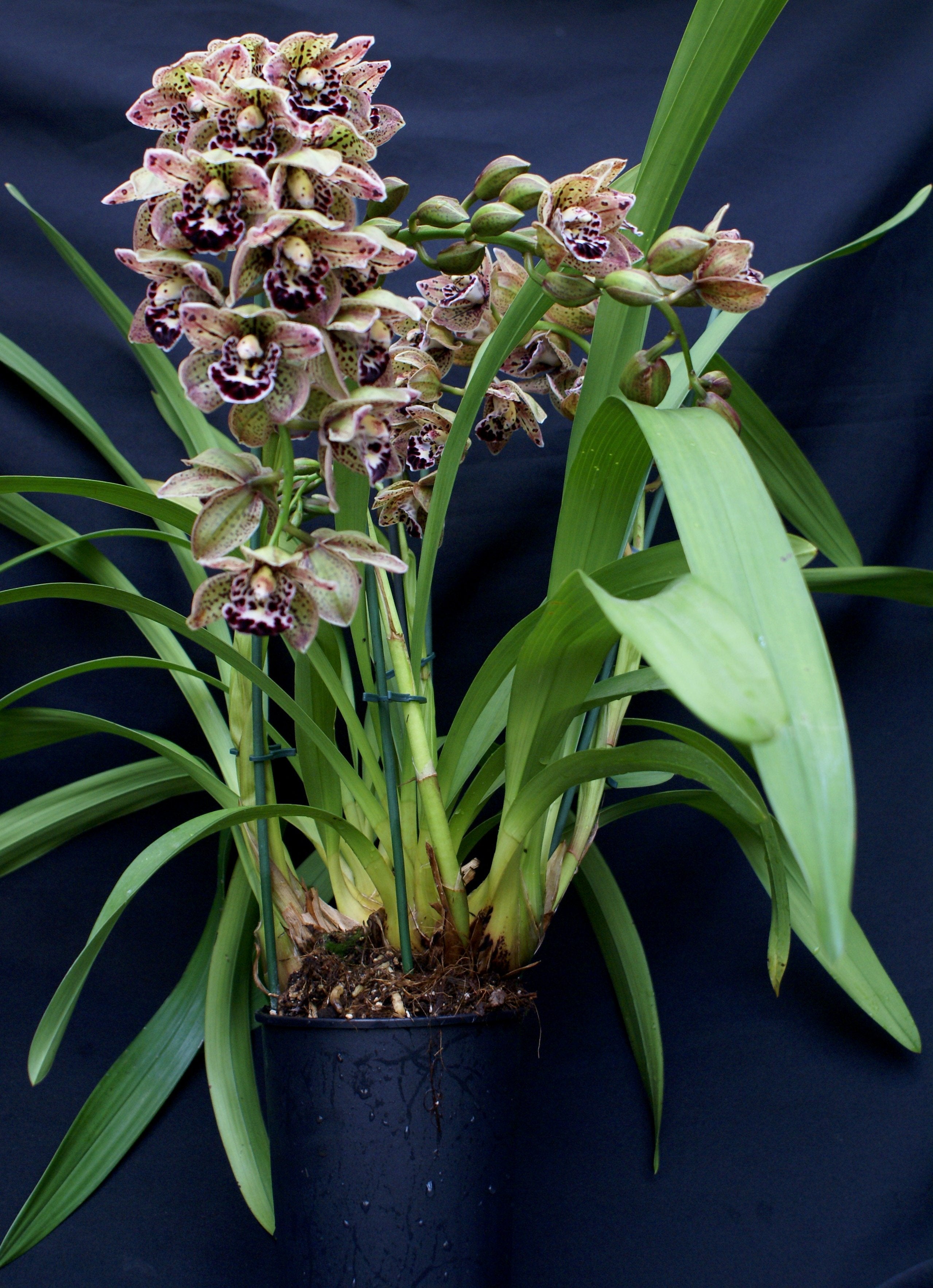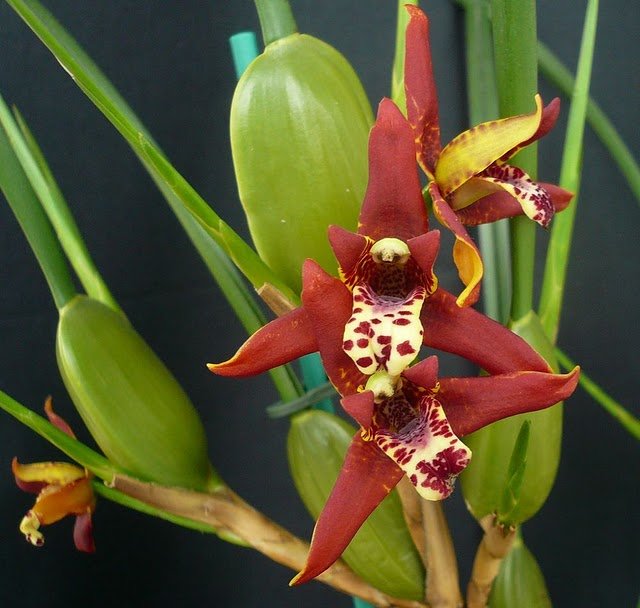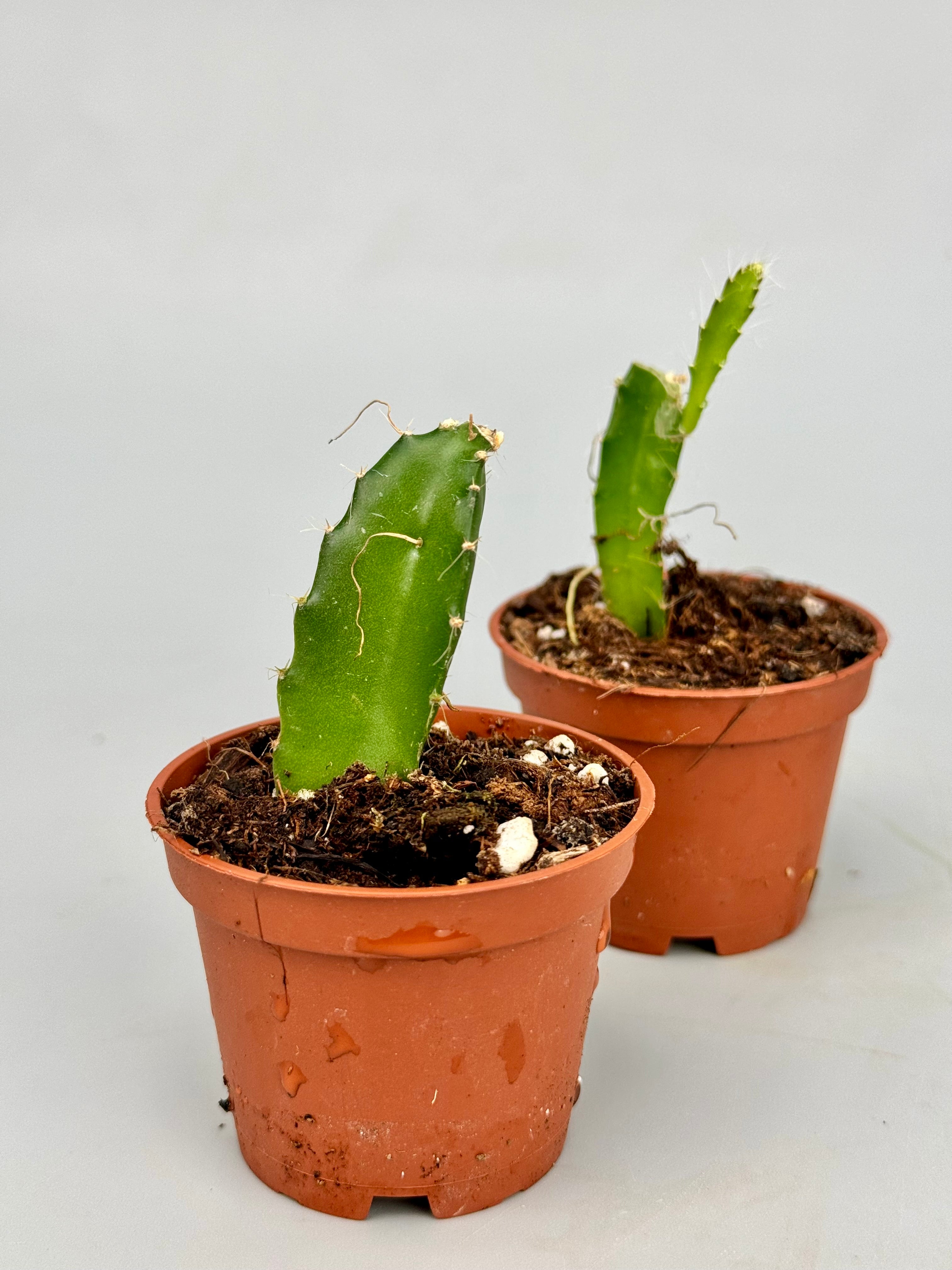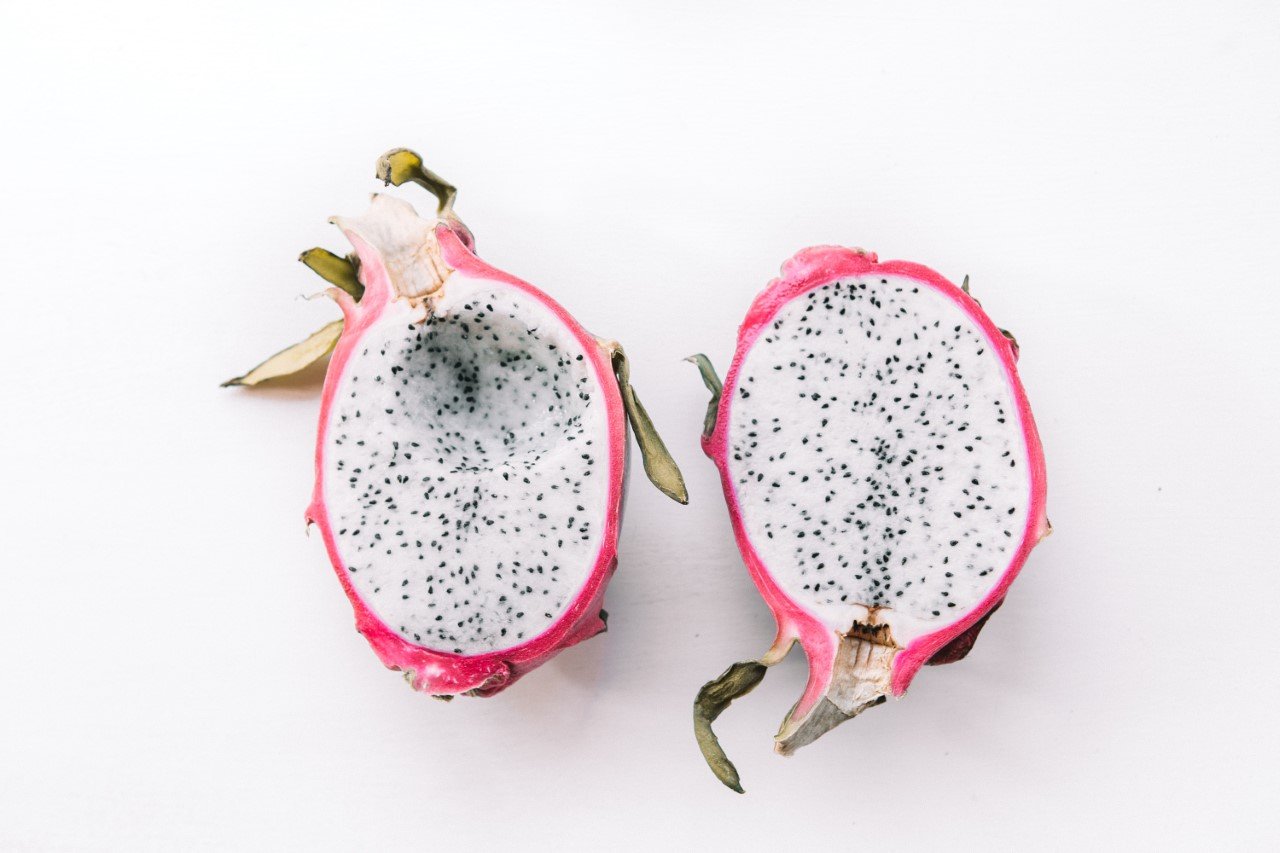The Philodendron is an easy, air-purifying plant and comes in many shapes and sizes. There are as many as hundreds of species of Philodendrons. Because of this, there is a beautiful gem for every plant lover. Some of the most special Philodendrons can be found in our webshop. Among others, we offer the Philodendron billietiae Variegata, Philodendron Florida Beauty, Philodendron joepii, Philodendron Snowdrift, Philodendron Jose Buono, Philodendron Paraiso Verde and the Philodendron domesticum Variegated to.
Provenance
The Philodendron is a tropical plant native to Central and South America and belongs to the Araceae family. The first Philodendron was recorded as early as 1644 and hundreds of species have been added since then.
It gets its genus name from the compound of the Greek words "philo" meaning affection or love, and "dendron" meaning tree.
By the way, this beautiful plant has two categories: climbing and non-climbing Philodendrons. The climbing Philodendron makes aerial roots and produces tendrils that can be beautifully displayed in, for example, a hanging pot or climbing against a bamboo rack.
The non-climbing Philodendron, on the other hand, grows upright.
Light requirements
With its tropical roots, the Philodendron is generally accustomed to filtered or indirect sunlight. Therefore, place this plant on a location where it receives bright, indirect or filtered sunlight. Watch out for direct sunlight as it can damage the plant. This applies especially to the variegated varieties, as they are even more sensitive to this than the completely green Philodendrons. If your Philodendron receives too little light receives, this can cause its leaves to discolor.
By the way, there are also Philodendrons that can survive perfectly well in a position with shade. Think for example of the beautiful Philodendron patriciae.
(If desired, you could turn your Philodendron a quarter turn every week to prevent it from growing too much to one side).
Watering
Most Philodendrons do not like too much water and prefer to be in loose, well-draining soil. This is because if excess water accumulates, it can cause root rot. With these specimens, you can allow the top layer of soil to dry up before re-watering.
During the growing period you can support your Philodendron in its growth by occasionally adding diluted fertilizer to the water from time to time.
However, there are exceptions to this, so always look carefully at the description of the specific plant. For example, the Philodendron spiritus sancti does not need extra nutrition.
Humidity
Because the Philodendron naturally has a tropical plant It thrives best with high humidity. Think of humidity between 60% and 90%. However, many Philodendrons can also live well between 50% and 70% humidity.

